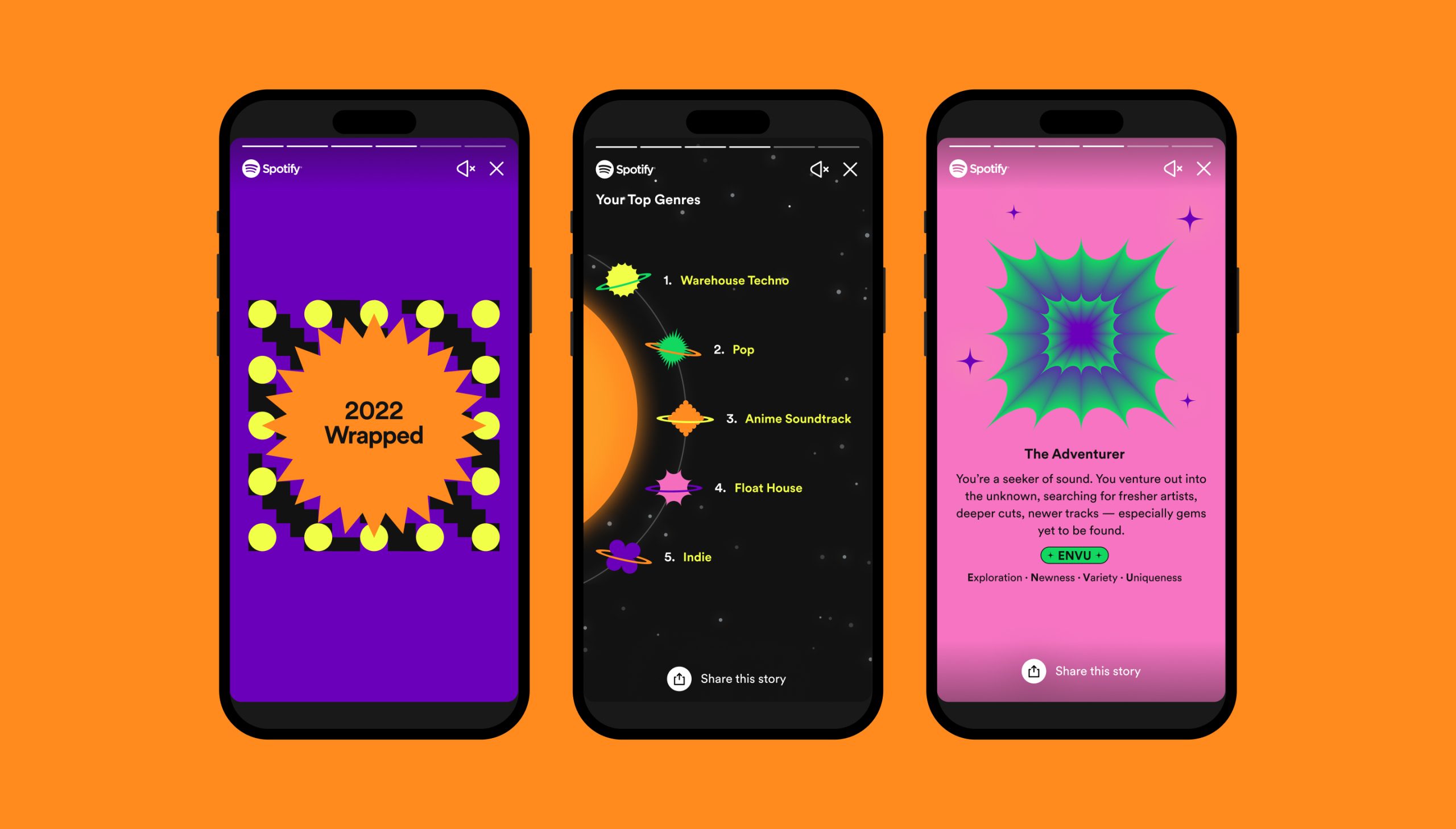
In 2016, the music streaming service Spotify launched “wrapped,” a feature that displays a compilation of users’ listening habits throughout the year. The campaign quickly formed a grasp on Spotify patrons, and soon became a social spectacle. Those who used the app began to post their Wrapped data, showcasing their most listened to artists and songs. Competitor streaming services caught wind of this phenomenon and began to develop their version of Wrapped, this includes Spotify’s biggest rival, Apple Music. Within the past few years, the day Spotify and fellow streaming services release users’ listening data has been anticipated as if it were an international holiday.
It has become a spectacle on social media to show what you have listened to within the year, especially your most listened to song of the year. Since the rise of this event, many have begun to judge others by who or what genres they listen to. Spotify users and those alike have even felt the need to announce that they will not be sharing their listening habits due to embarrassment or fear of how others will react. Others take their shame to a new level by falsifying their top artists and songs data. Many people have shared, jokingly and not, screenshots of them streaming a small indie artist on mute in attempts to make it look like they have a cool and obscure music taste. While I’m sure these small artists appreciate these streams, genuine or not, it is disheartening to see that a feature that began as a way to showcase people’s taste has become so disingenuous.
Being perceived as cool and different is something that people will always seek out. Some even go as far to repress and hide their true interests and identity to have this image. The spectacle that Spotify has turned into is a blaring example of this behavior. If we are willing to fabricate something as trivial as our music taste to the public, one can’t help but wonder how much of their identity one can comprise before losing ourselves completely.
